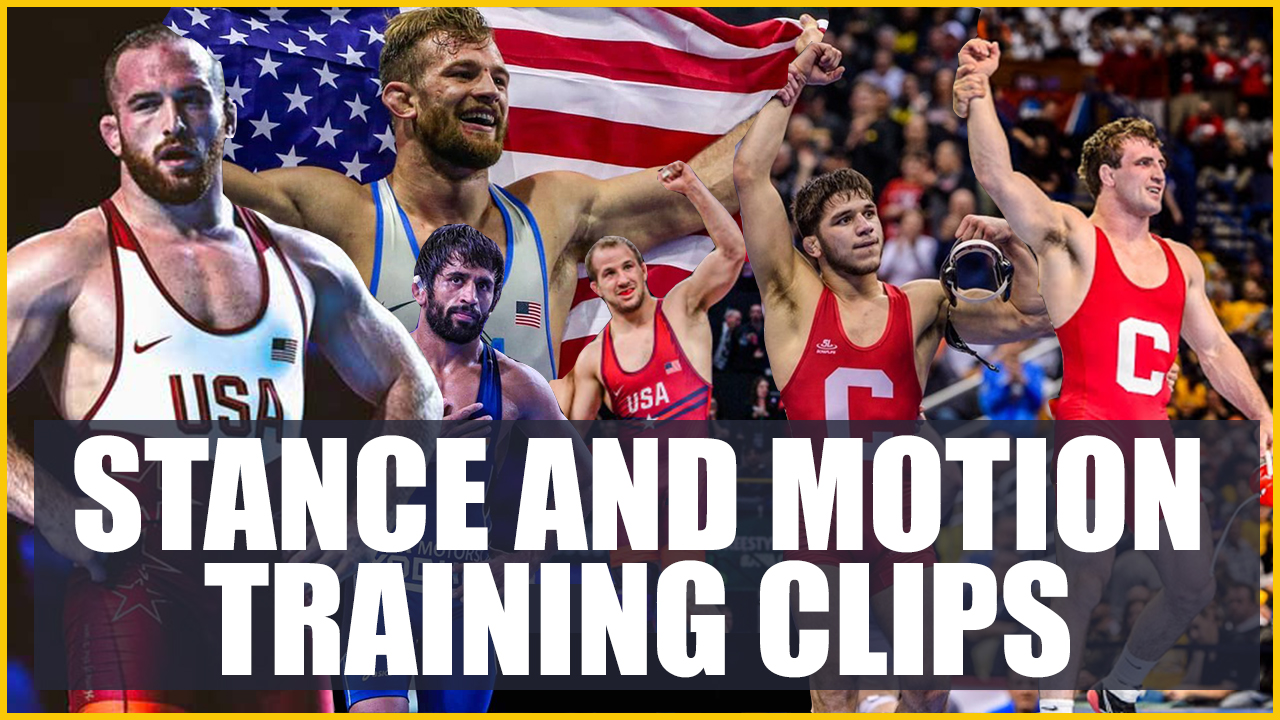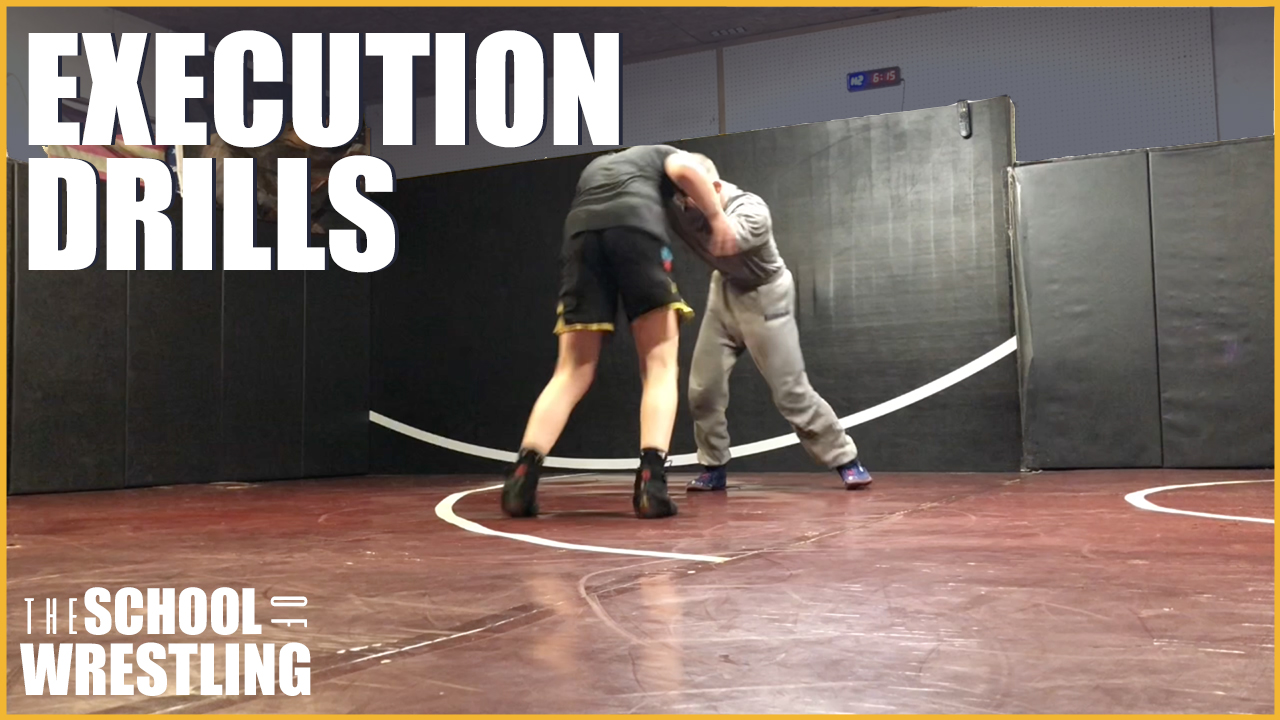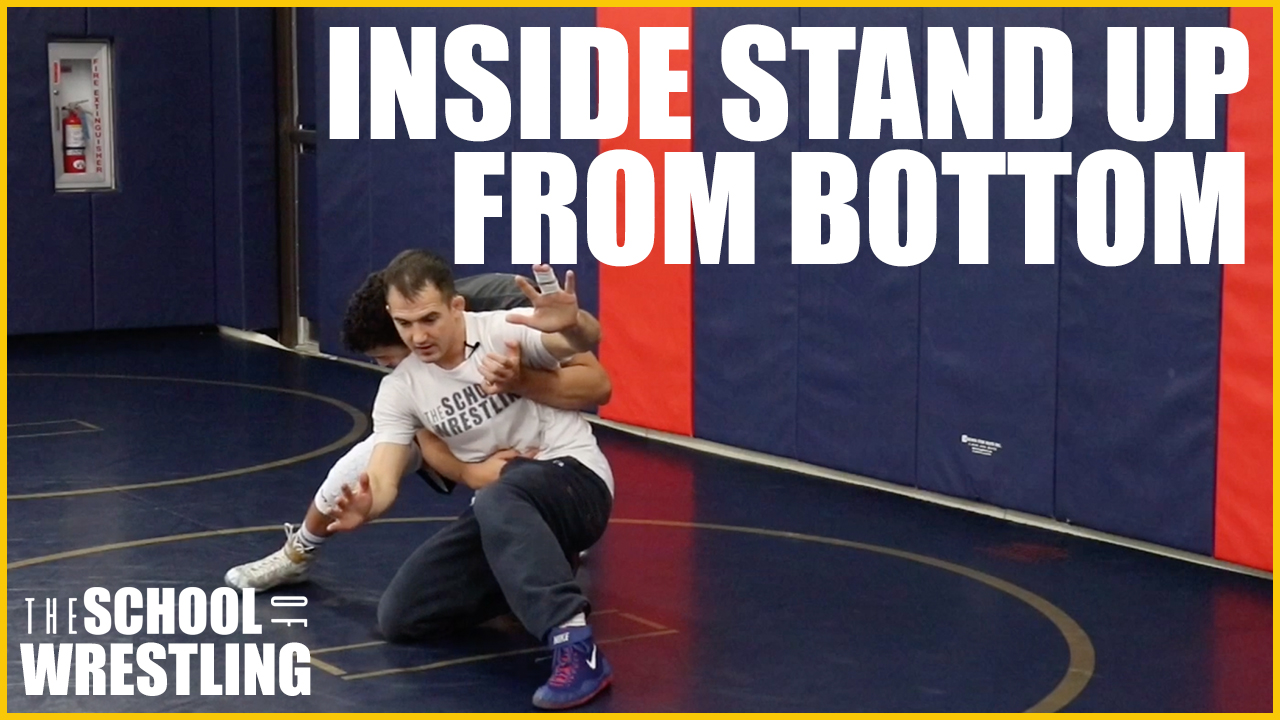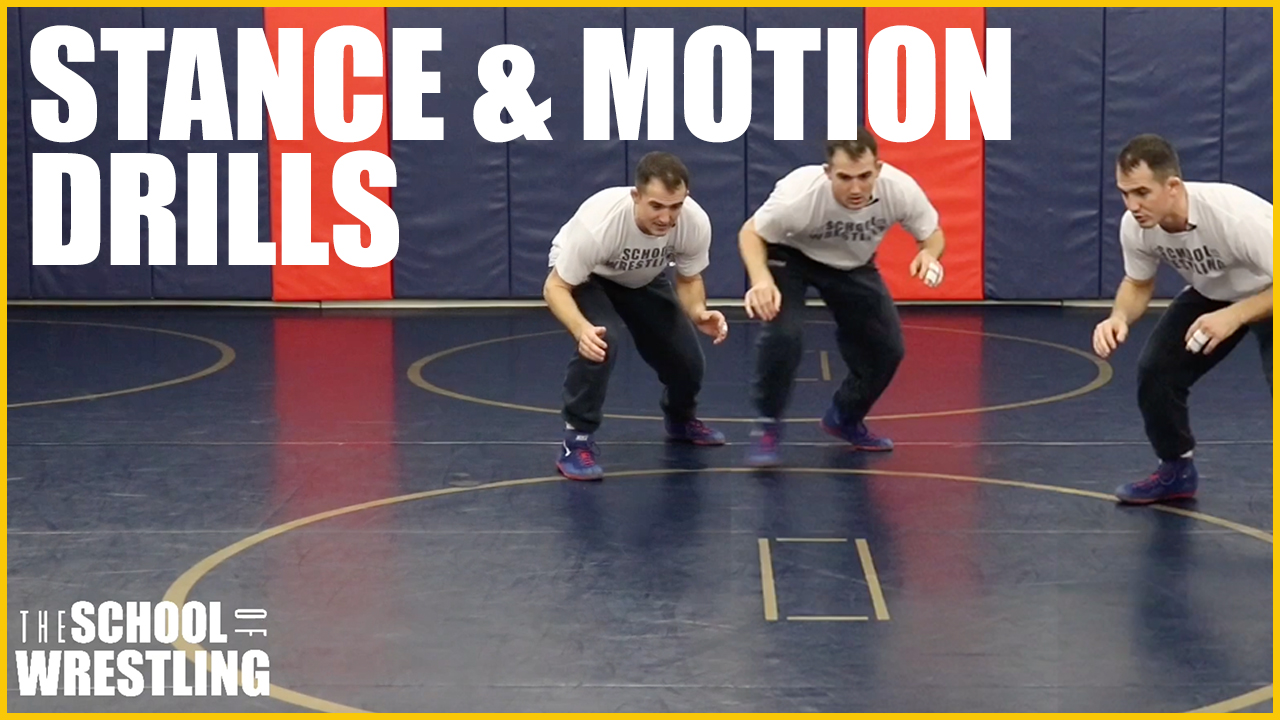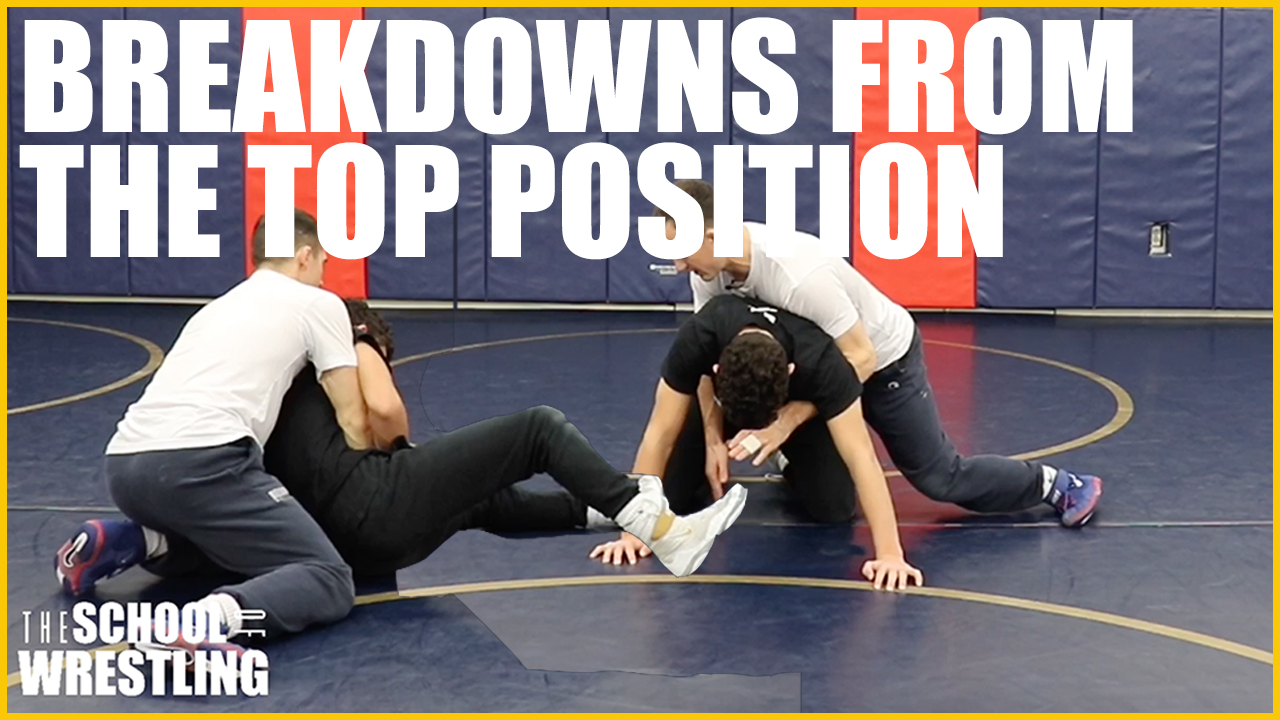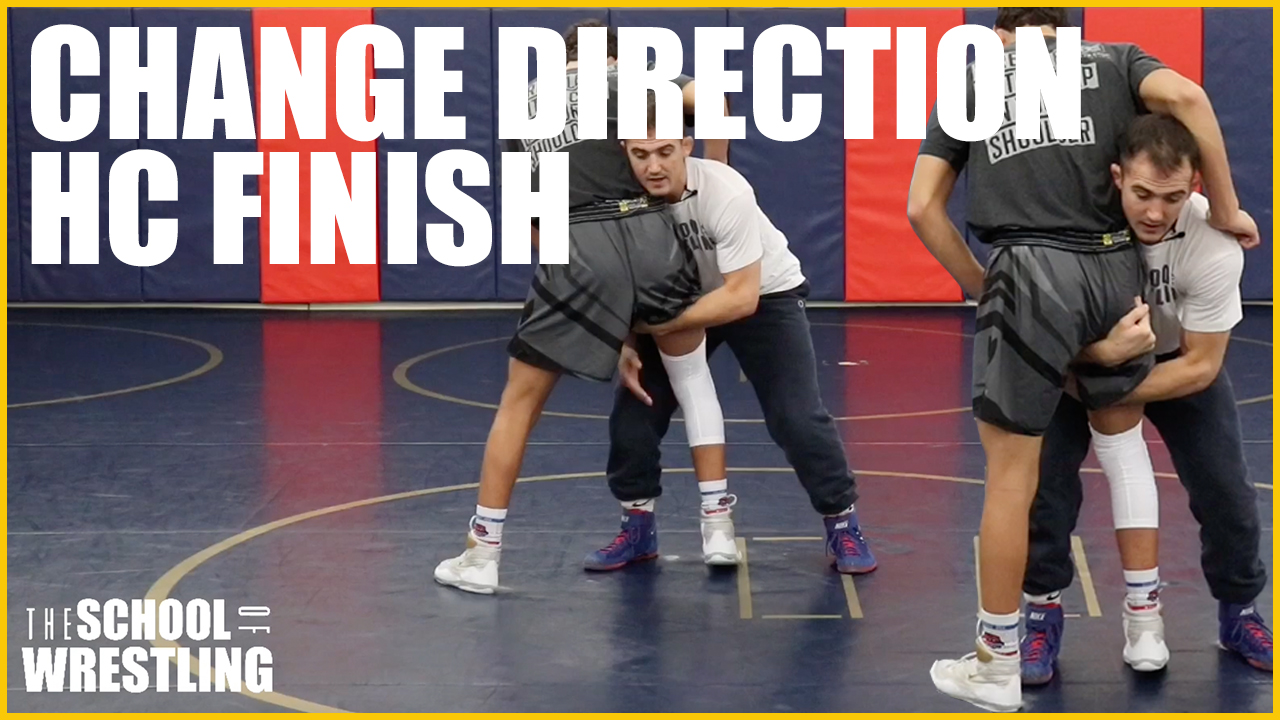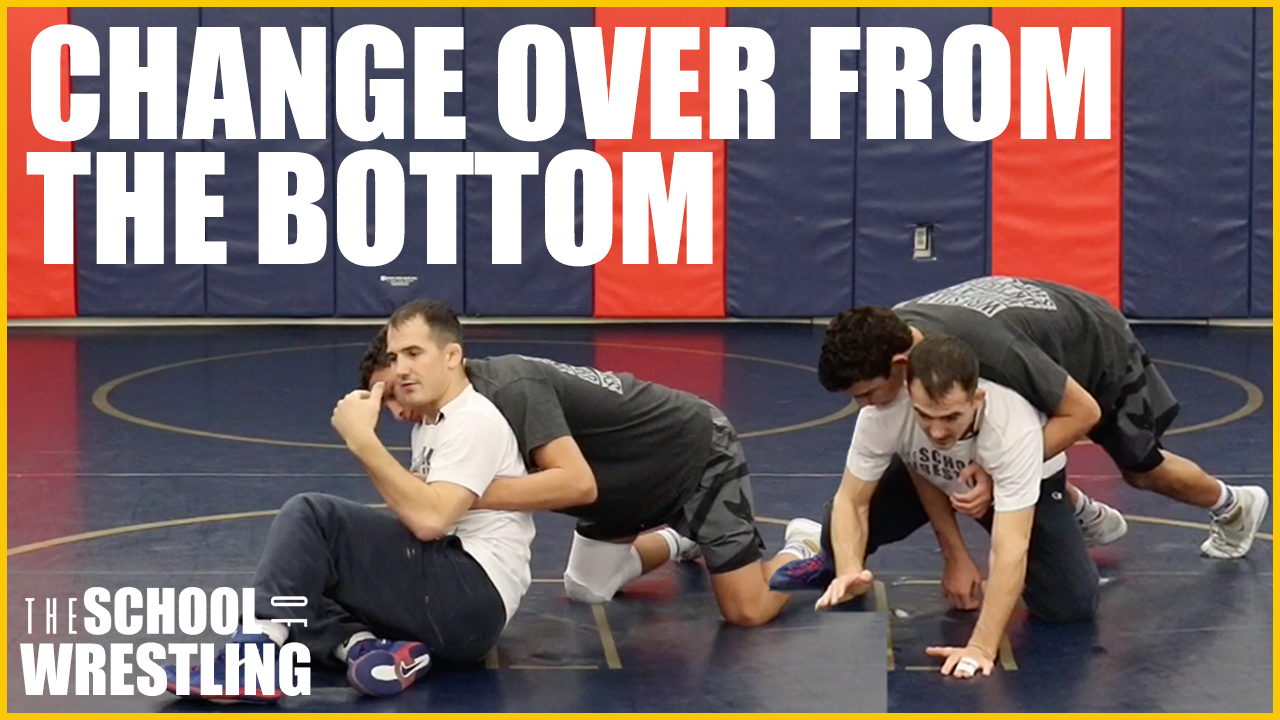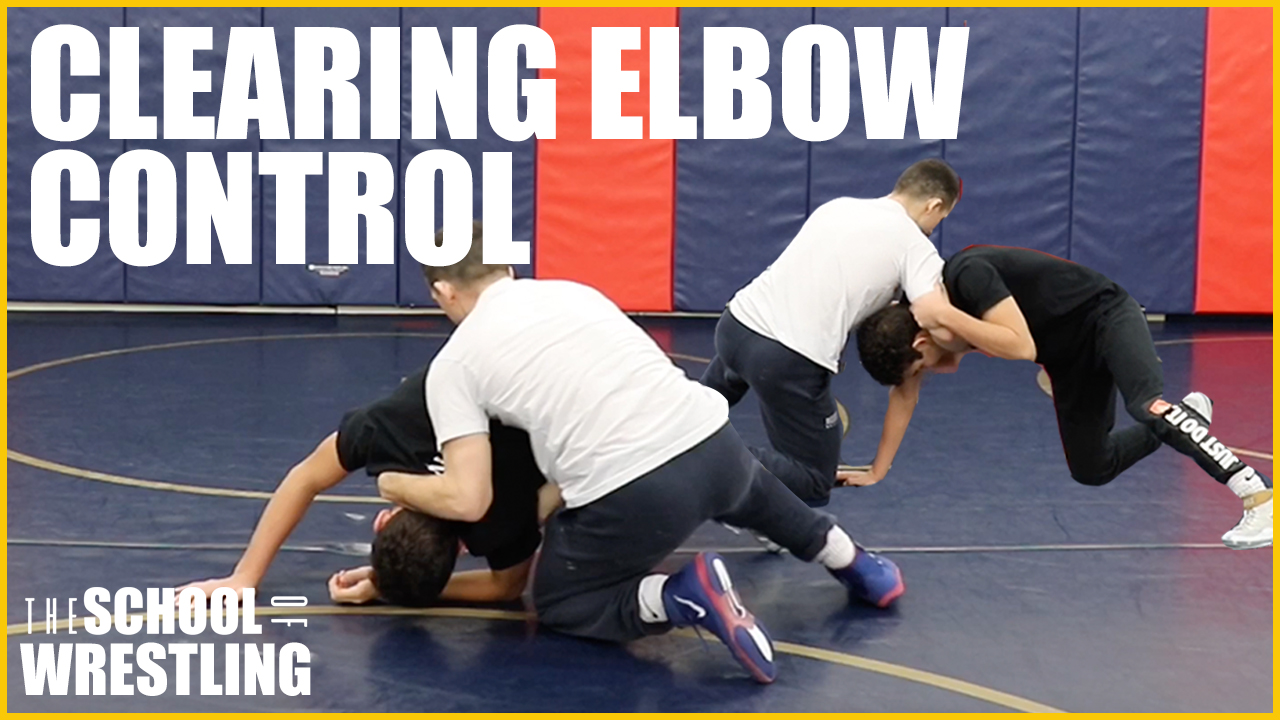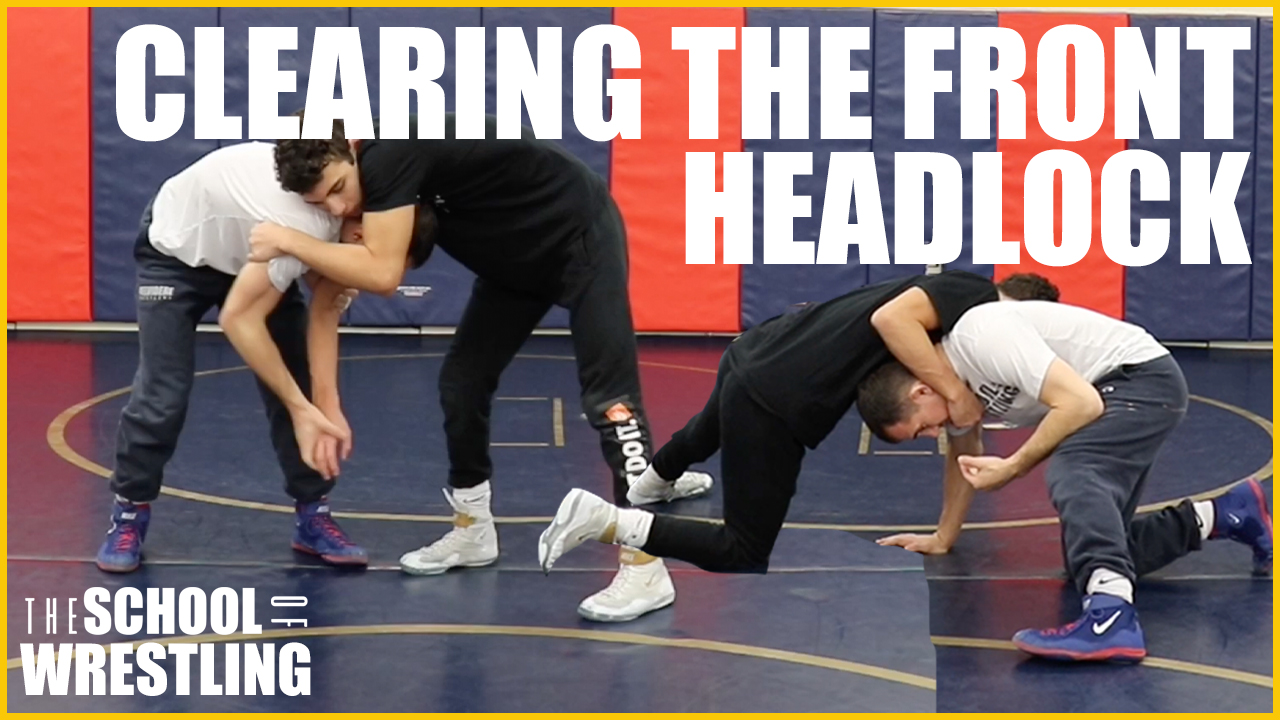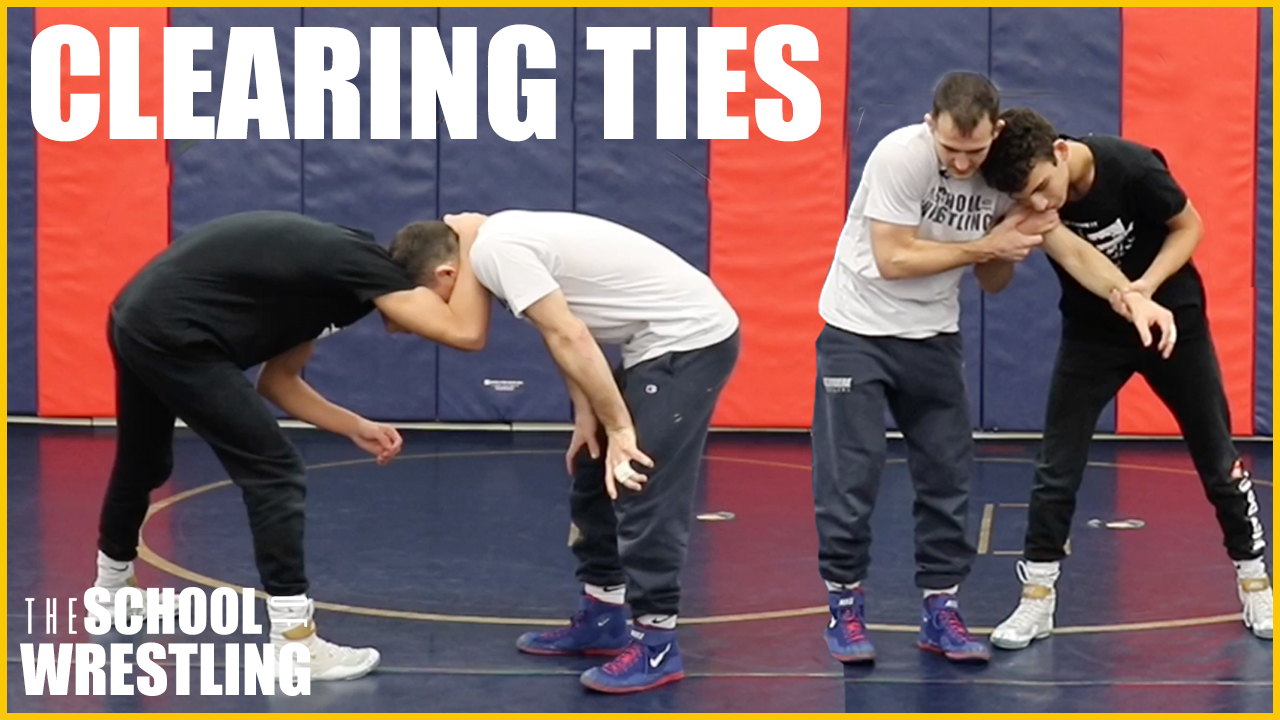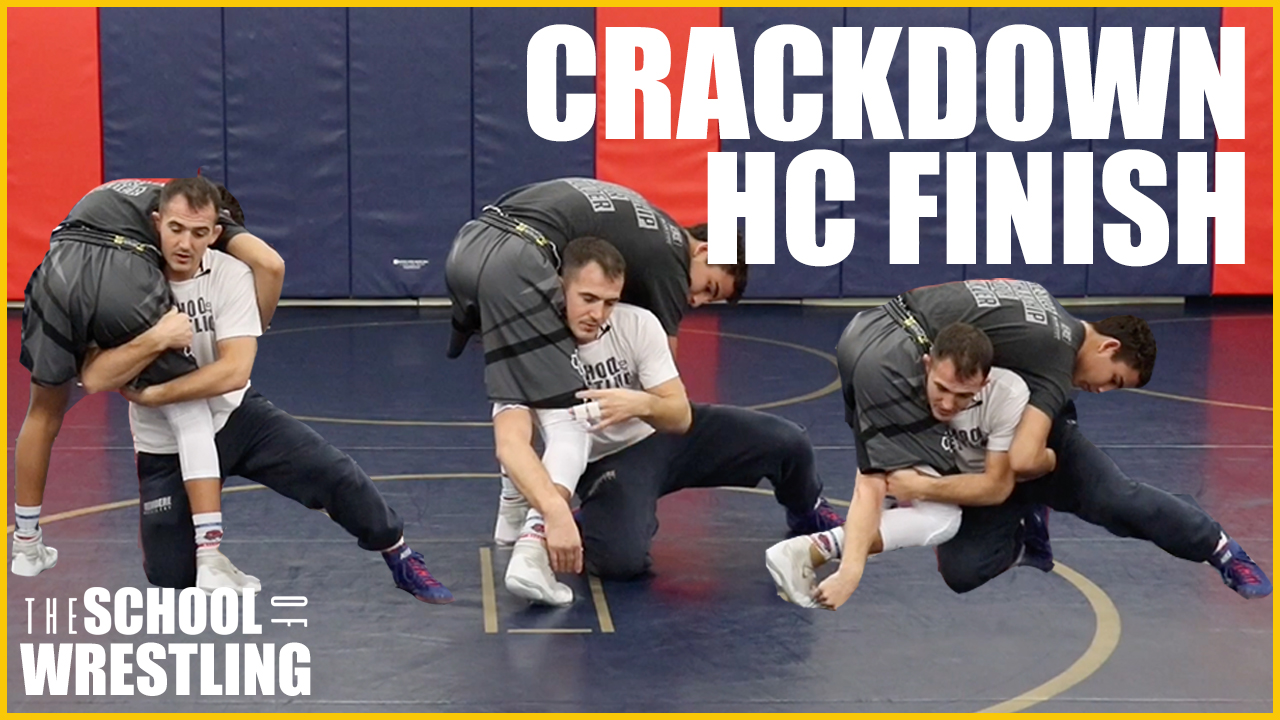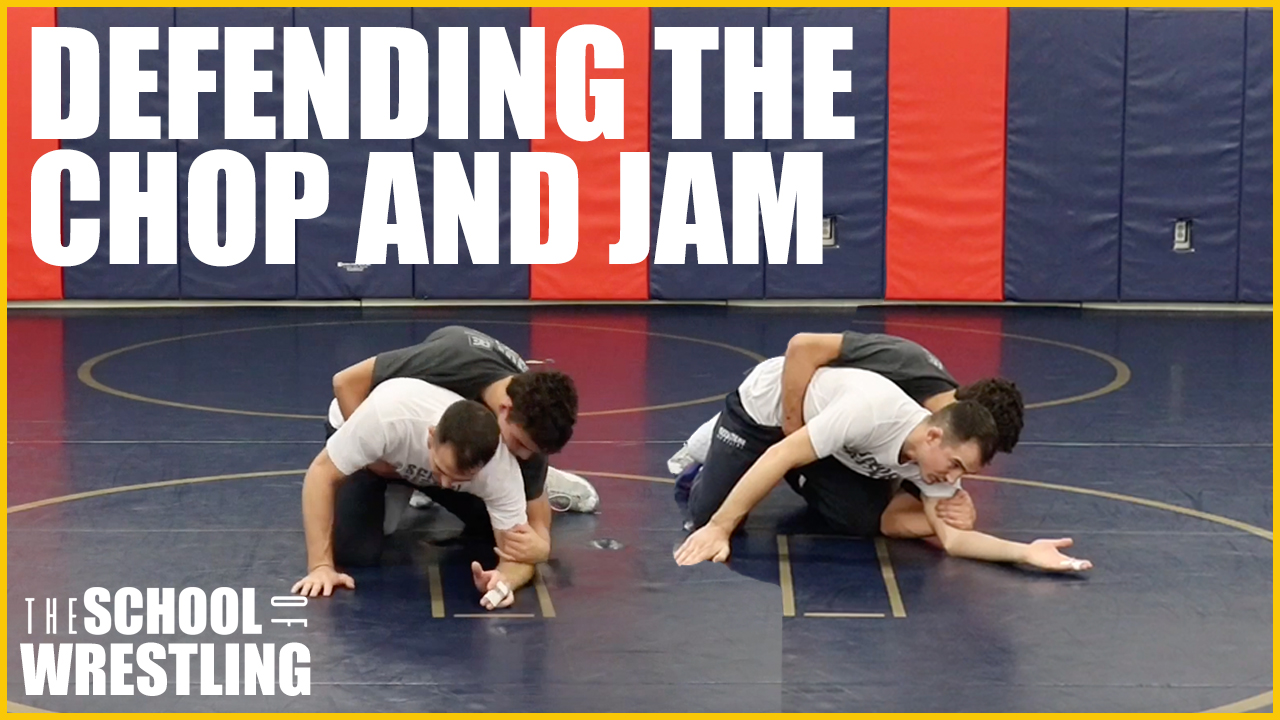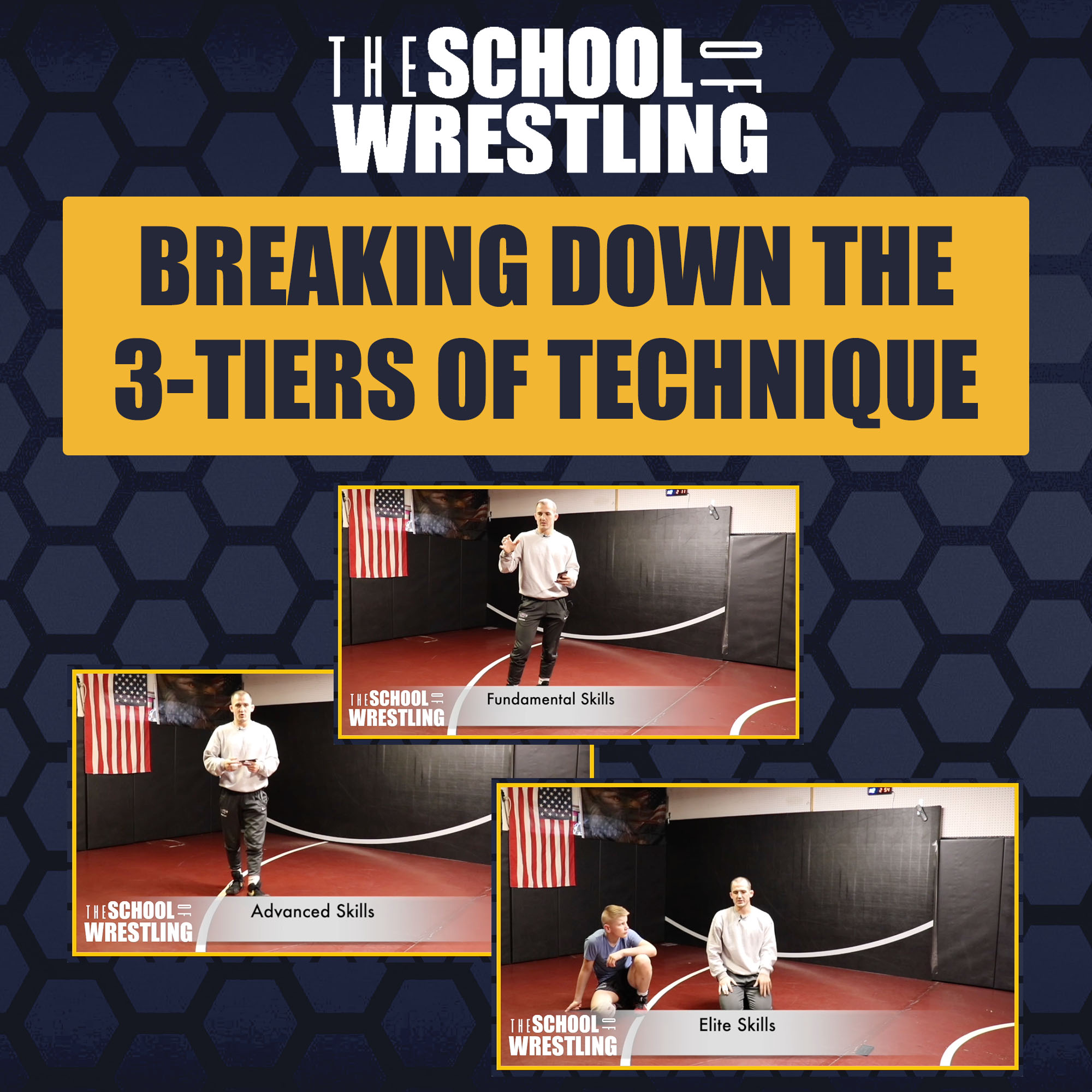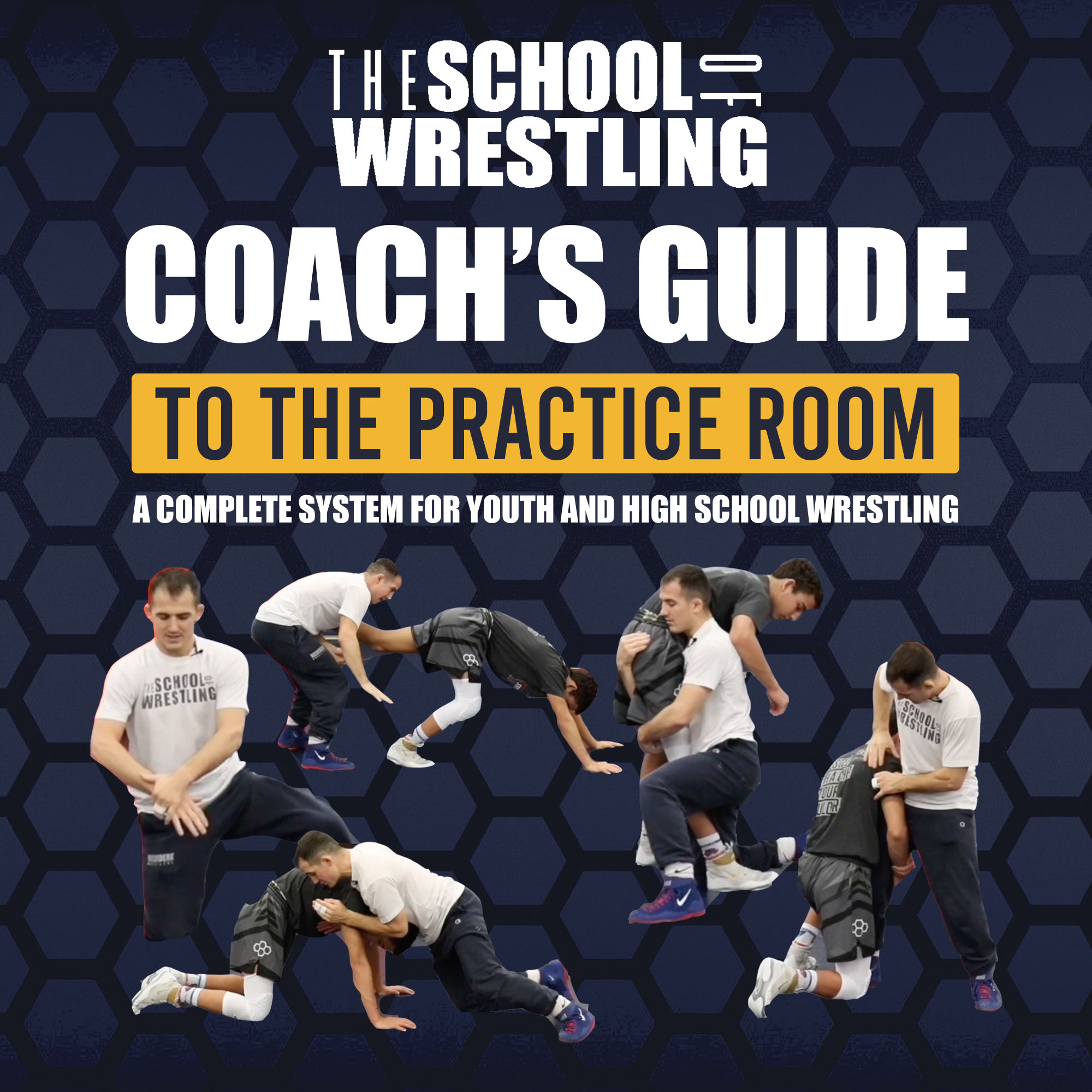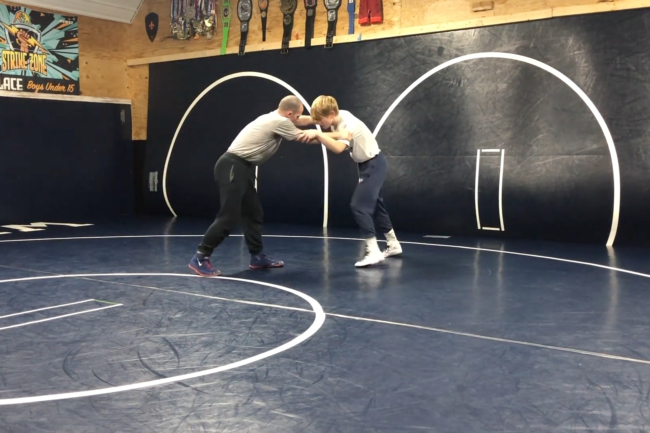Listen to this post.
Playback speed:
In a world undergoing rapid transformation, where the boundaries of knowledge are expanding and industries are evolving, the once-conventional path of attending college is being called into question. As we navigate the changing landscapes of education and career opportunities, it’s crucial to pause and consider if the traditional four-year college experience is still the most viable route for every individual. The era of rethinking going to college has dawned upon us, encouraging us to explore alternative paths, redefine success, and forge our own unique journeys towards personal and professional growth. In this blog, we embark on a thought-provoking exploration of the shifting paradigms surrounding higher education, igniting a conversation that challenges the status quo and empowers us to embrace the possibilities of an evolving educational landscape.
Traditionally, going to college has been viewed as a necessary step towards achieving success and establishing a promising career. It is perceived to be a rite of passage for most students who aspire to better their chances of attaining a high-level professional position or significantly increasing their earning potential. Many believe that college provides a platform for intellectual growth and personal development, enabling students to acquire in-depth knowledge and practical skills necessary to be successful in their careers. Additionally, it is widely believed that college education not only broadens graduates’ knowledge base but also enhances their critical thinking, analytical, problem-solving, and communication skills, making them attractive to potential employers. Despite the rising cost and debt burden associated with college education, many still view it as a means to achieve social mobility and economic prosperity, driving its continuous demand and importance.
What Is The Average Cost Of College?
The cost of an undergraduate college degree can vary greatly depending on a number of factors, including the type of institution, location, academic program, and financial aid. According to www.educationdata.org, the average college tuition in the U.S. is $9,349 for in-state students and $27,023 for out-of-state students at public 4-year institutions. Private non-profit colleges had an average tuition and fees of $37,641. However, these figures do not include other expenses, such as room and board, books and supplies, transportation, and personal expenses. When all of these costs are factored in, the total cost of attendance can easily surpass $20,000 per year for an in-state public college and $50,000 or more per year for a private college.

College Debt In America
The problem of college debt in America has gradually been increasing over the years, causing a financial burden for many students and their families. The cost of receiving a higher education has become inaccessible for many, forcing them to take out significant loans that they struggle to pay off. The accumulation of interest rates only adds to the problem, causing the debt to rise significantly. Graduates find it challenging to find well-paying jobs to offset the debt they have accrued, causing many young adults to struggle to make ends meet. The weight of college debt impacts other areas of student’s lives, from delaying starting a family or owning a home to discouraging further education. The issue of college debt requires attention from policymakers to find a solution to this long-standing issue and alleviate the financial burden for future generations.
How Many Scholarship Opportunities For Wrestling?
The NCAA offers a limited number of scholarship opportunities for wrestling athletes. In Division I, a total of 9.9 scholarships are available for men’s wrestling teams. Division II schools offer scholarships, but the number of scholarships varies depending on the school. In Division III, athletic scholarships are not offered, but financial aid packages may be available. However, wrestlers can still earn academic scholarships or other forms of financial aid to help cover the cost of tuition and other expenses. It’s important to note that the competition for wrestling scholarships is high.
The Average Wrestling Team Size?
The number of athletes on a Division 1 wrestling team can vary depending on the university or college. Generally, the average number ranges between 25 to 35 wrestlers. However, this number can be affected by factors such as funding, program size, scholarship allocation, recruiting, and retention. Some programs may have larger rosters and carry more athletes due to a high number of walk-ons, while others may have smaller teams with fewer spots reserved for non-scholarship athletes.
Is A College Degree A Requirement For Success?
A college degree is not absolutely necessary for success in life. Some successful people have succeeded without having a college degree, and not everyone has the financial or logistical ability to attend college. Ultimately, success is achieved through dedication, hard work, and a strong sense of purpose, regardless of whether or not one has a college degree.
In recent years, some of the largest companies in the world, such as Google, Apple, and IBM have announced that they will no longer require a college degree for certain positions. This change in recruitment strategies is a reflection of the growing demand for skills rather than degrees. Companies are recognizing that a candidate’s skills, experience, and potential are better determinants of their suitability for a job than the completion of a college degree. This shift in attitude is beneficial for both employers and employees. For employers, it opens up a wider pool of candidates and potentially lower hiring costs. For employees, it provides a more equitable opportunity to access well-paying jobs and career advancement regardless of their educational background. As the job market continues to evolve, it is expected that more companies will adopt this approach and emphasize skills over degrees.
How Much Money Is In Wrestling?
Wrestling is a popular sport enjoyed by people all around the world. However, when it comes to financial success, wrestling is not as lucrative as other sports. This is due in part to the fact that wrestling is not as widely televised or as popular as other sports such as football, basketball, or soccer. As a result, wrestlers generally do not receive the same level of endorsement deals, sponsorships, and media attention.
While college wrestling can be a great opportunity for those who are passionate about the sport and want to improve their skills, it’s not the best choice for everyone. Wrestling in college requires a significant time and financial commitment and can be physically and mentally demanding. Additionally, college wrestling may not always lead to a career in sports, so it’s important to have a backup plan and consider other options for your future. It’s important to evaluate your personal goals and priorities before deciding to pursue college wrestling.


